Double-check valves typically consist of two single-check valves connected. The valves are linked in a way that offers failsafe backup if one of the check valves malfunctions for any reason. In addition, Double-check valves feature screws on either side of the valve port so that it can be opened and cleaned because debris might accumulate over time. The double-check valve is a reverse flow prevention device to guard against tainted water supplies. It differs from the two-way check valves used in air brake systems on big trucks that choose from the highest pressure source.. Read More…
Our check valves are manufactured with the customer in mind. We believe in offering superior products and services every time. No matter whether you are looking for small or large valves, we can meet your every needs. It is our goal to offer excellent prices and service to each customer. Contact us to learn more today!
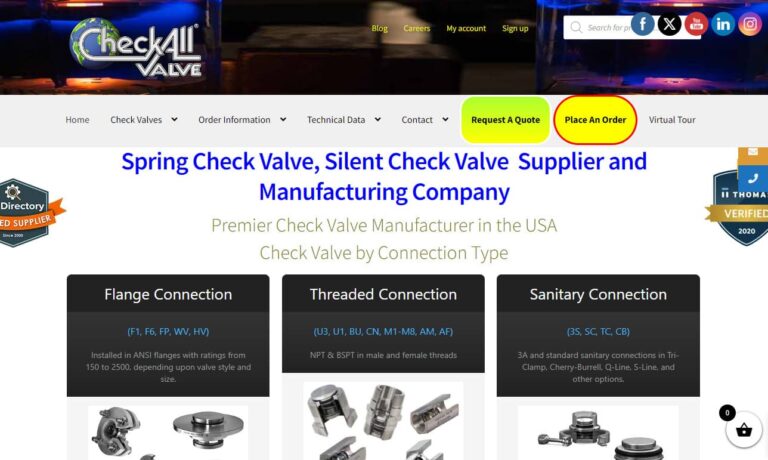
Our team at Control Devices believes that all of our customers should receive products that exceed their expecations. That’s why we design and produce our check valves using the highest quality materials. We will work with each customer to help find a lasting solution. Our company is ISO 9001:2015 certified. Contact Control Devices today to learn more!
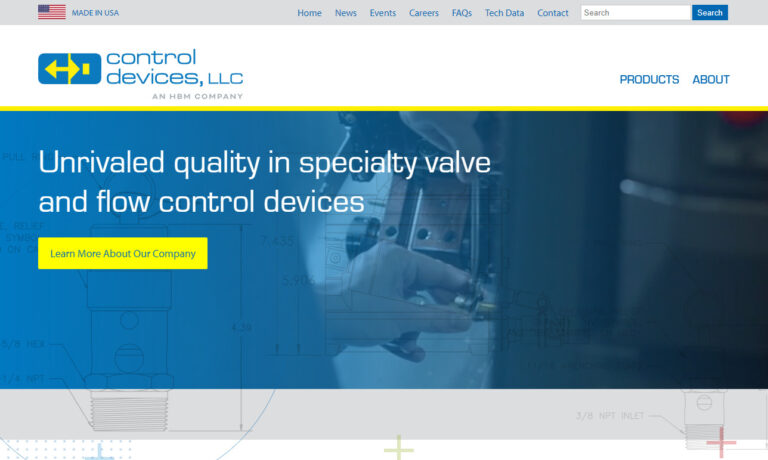
We make our check valves to be wear resistant and able to withstand the elements in sewage, sludge and slurries plus hold up to pressure drop. Rubber and full-metal-body check valves are offered. Contact us about your process piping needs. EVR Products is an ISO 9001:2015-registered company.
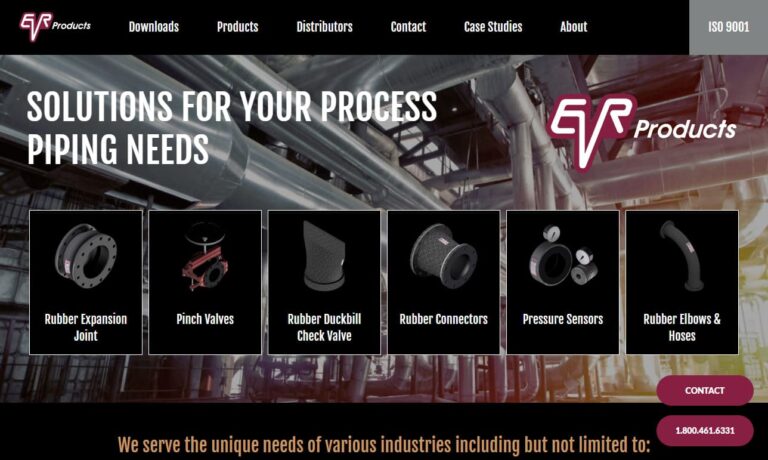
Manufacturing standard or custom check valves, pressure relief valves, needle valves, control valves, pressure regulators and instrument-quality tube fittings plus other flow and pressure control products is our business. Generant is ISO 9001:2000 certified. We have been in business for 75+ years.
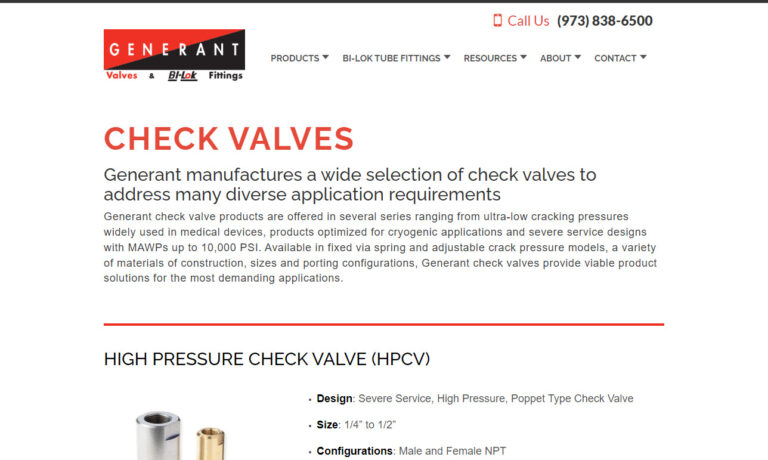
More Double Check Valve Manufacturers
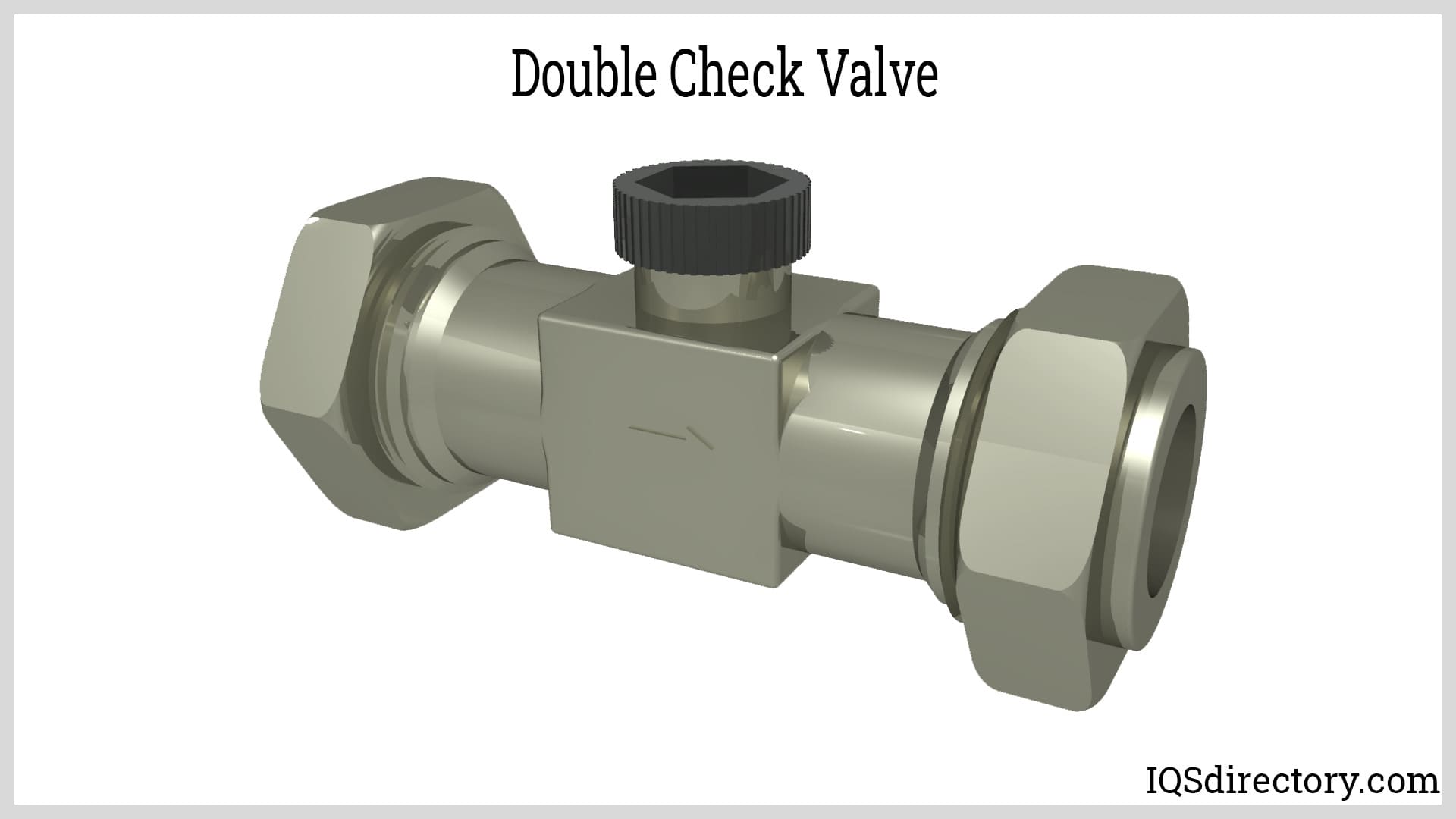
How Does Double-Check Valve Work
A check valve must have an upstream threshold pressure (the difference in pressure between the inlet and exit) to open and allow media through. The check valve's "cracking pressure" is the lowest upstream where the valve opens. It is important to ensure that the system's pressure can produce the breaking pressure of the selected check valve because the particular cracking pressure varies depending on the valve's design and size. In systems like fire sprinklers and grass irrigation, reverse pressure and back siphonage are avoided using a dual valve backflow preventer.
A single check valve is frequently employed for hydraulic category two protection when there may be variations in the fluid's temperatures, flavor, or odor. For fluid category three safety, which covers compounds with low hazardous levels, a double-check valve is frequently utilized (like common disinfectants).
Closing
The check valve will close if the upstream pressure drops underneath the breaking pressure or if there is backward flow. The gate on a check valve typically closes the valve by pressing against a seal. The process of shutting might be aided by gravity or a spring. The valve is closed by gravity, a spring, or by utilizing backpressure as soon as the inflow pressure drops just below splitting pressure or backpressure.
Orientation for installation
Given that one-way valves only permit flow in one direction, understanding the right installation orientation is crucial. Usually, a flow direction indicator is an arrowhead on the valve casing. If there isn't an arrow, it is important to ensure the valve is installed in the proper flow direction by looking at it. Media won't be able to flow through the system if the valve is fitted backward, and the consequent pressure buildup may result in damage.
Check valve materials
Brass check valve
For applications involving liquids like water, oil, and fuel, brass check valves are fantastic. They are not, however, resistant to chlorinated, filtered, or seawater. They are primarily utilized for low-pressure applications and are less heat and corrosion-resistant than stainless steel.
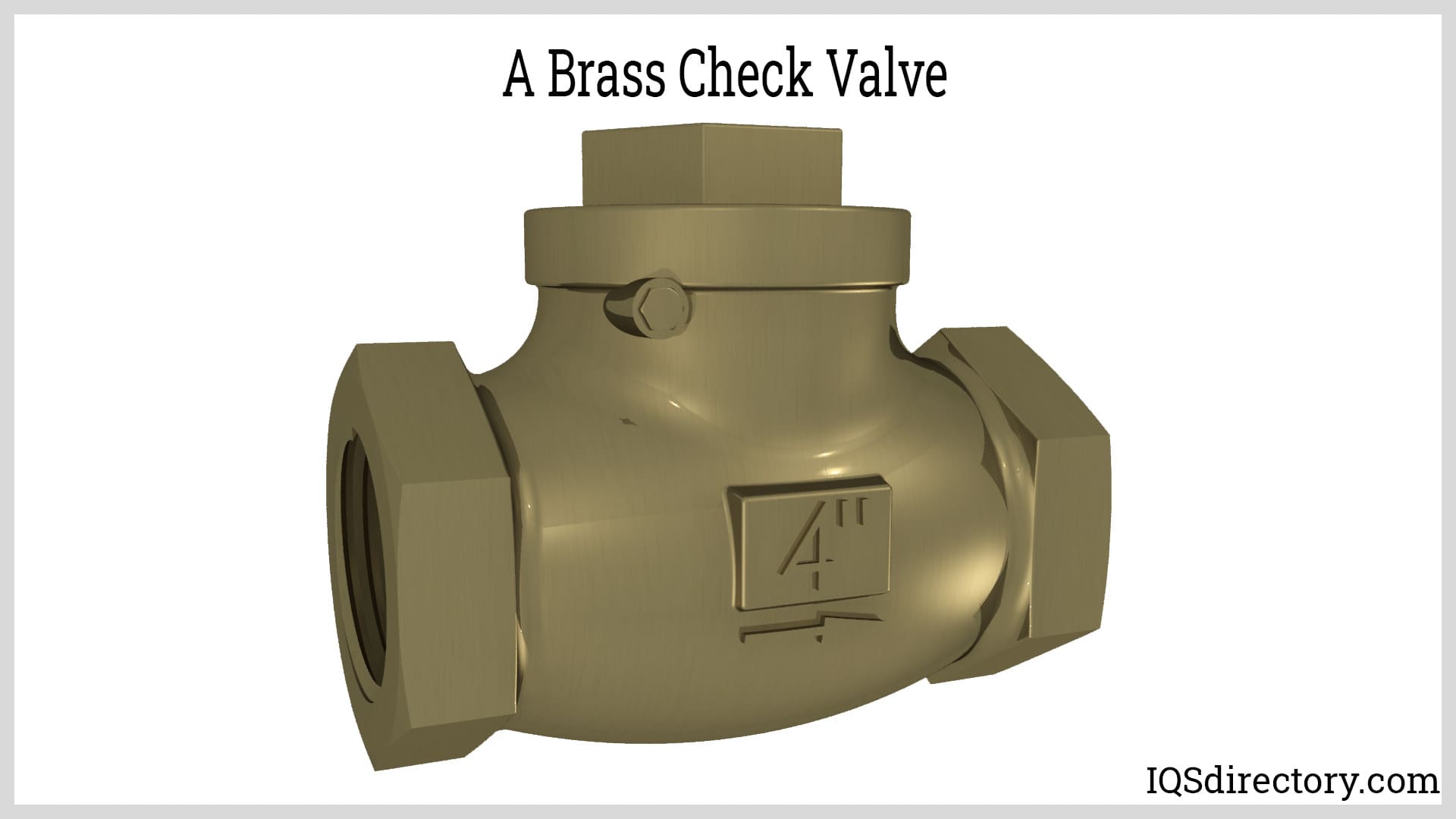
Stainless Steel Check valve
Check valves of stainless steel have outstanding mechanical qualities and exceptional resistance to rust, heat, and low temperatures. Relative to brass check valves, stainless steel is often not a cost-effective alternative for applications that do not require significant durability or resistance. High-quality check valves of stainless steel wafers are frequently used in elevated and high-pressure applications.
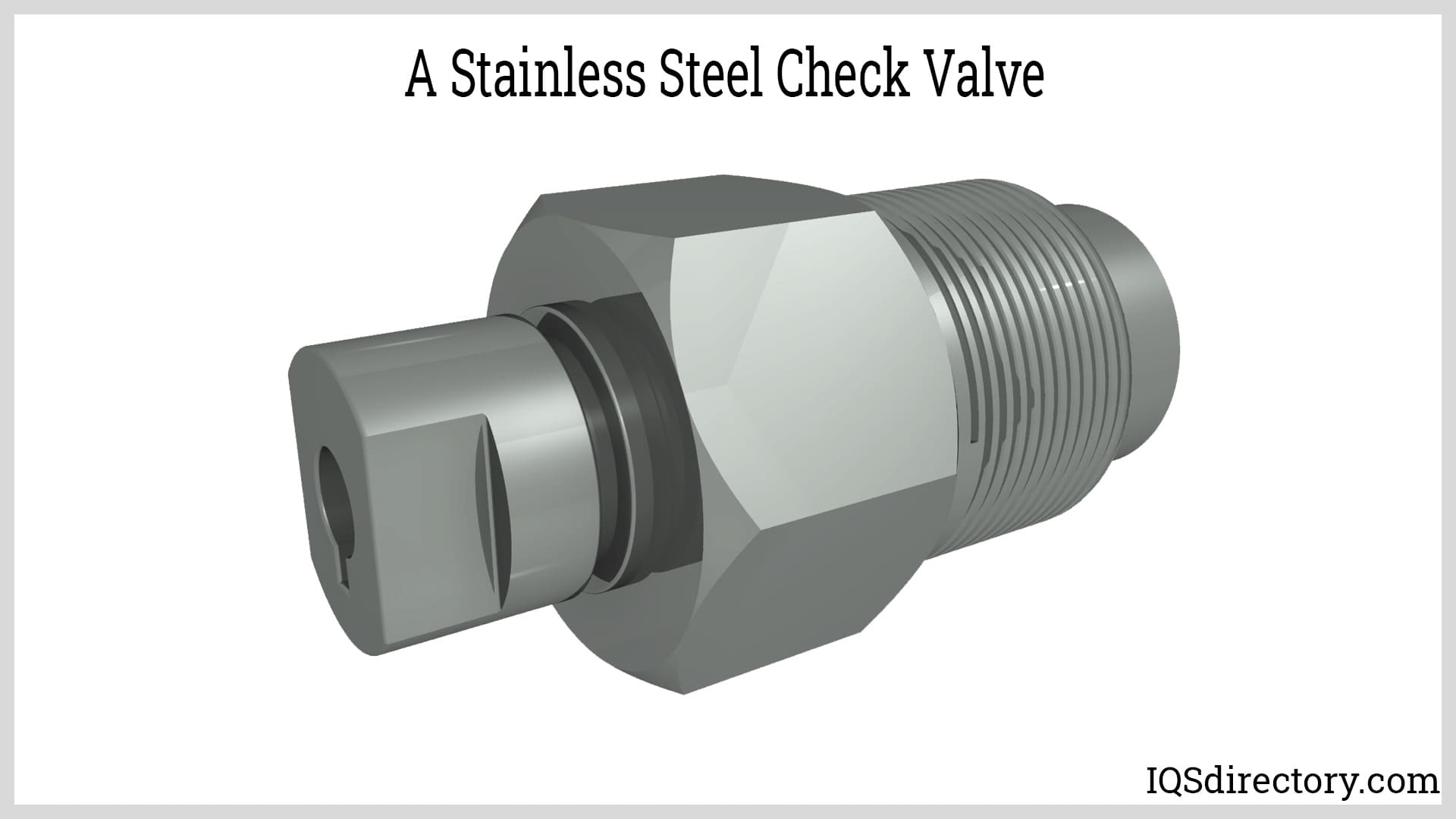
Cast Iron Check Valves
High-temperature check valves are often made of cast iron. Cast iron has high strength and vibration resistance. In addition, the material is extremely temperature- and wear-tolerant and has exceptional wear resistance. Cast iron, however, is not naturally ductile. Therefore, any bending could result in the cast iron substance cracking and losing its usefulness. Cast iron can withstand higher temperatures than PVC but erodes with time. These valves are used in the sugar and paper industries and oil lubrication systems.
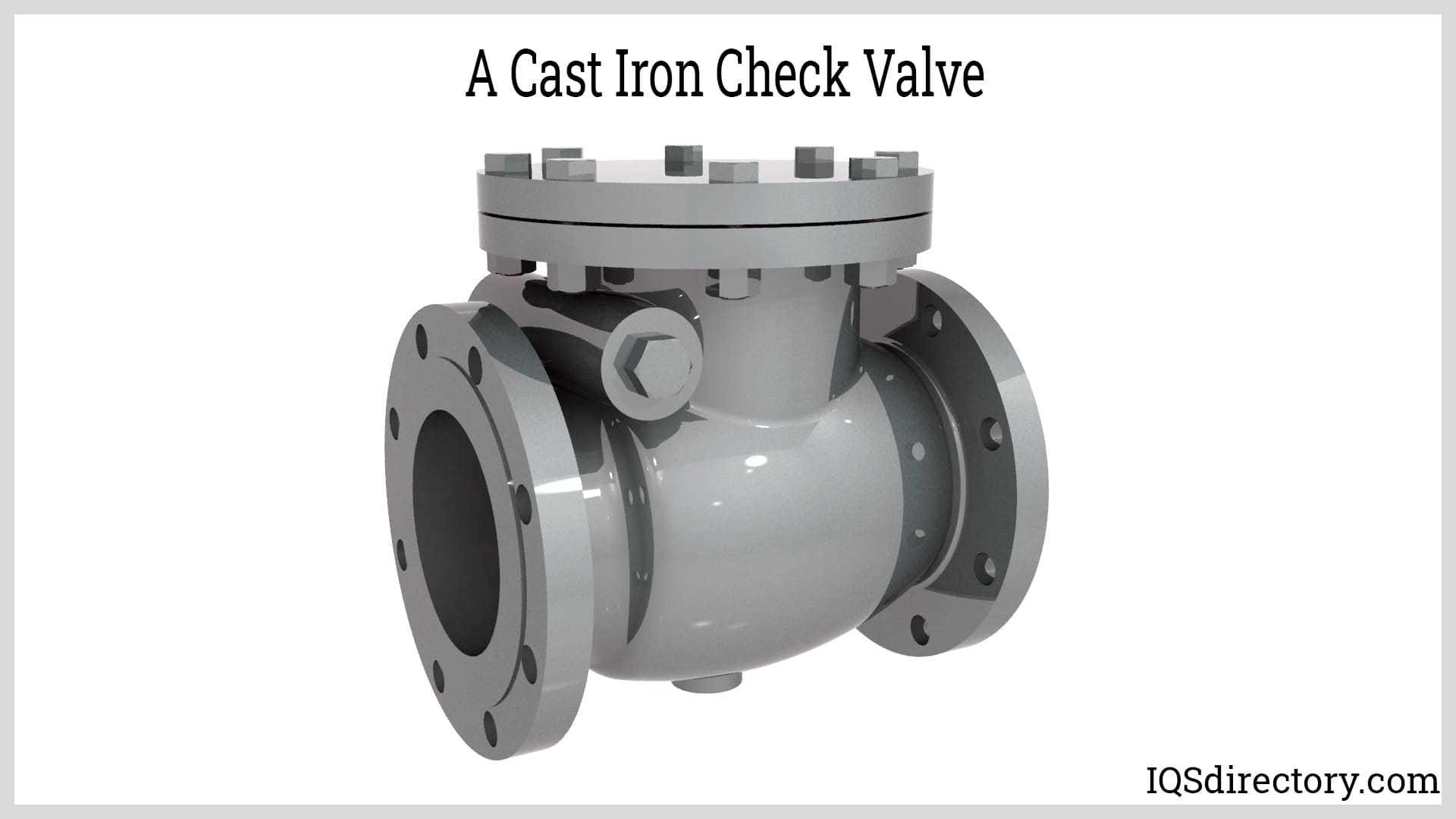
PVC (polyvinyl chloride) Check valve
Systems for water and irrigation management often include plastic check valves made of PVC or CPVC. Most corrosive media, including saltwater chloride solutions, and organic solvents, do not affect their corrosion resistance. However, they are not resistant to chlorinated or aromatic hydrocarbons, and their normal maximum temperature resistance is only about 60 °C.
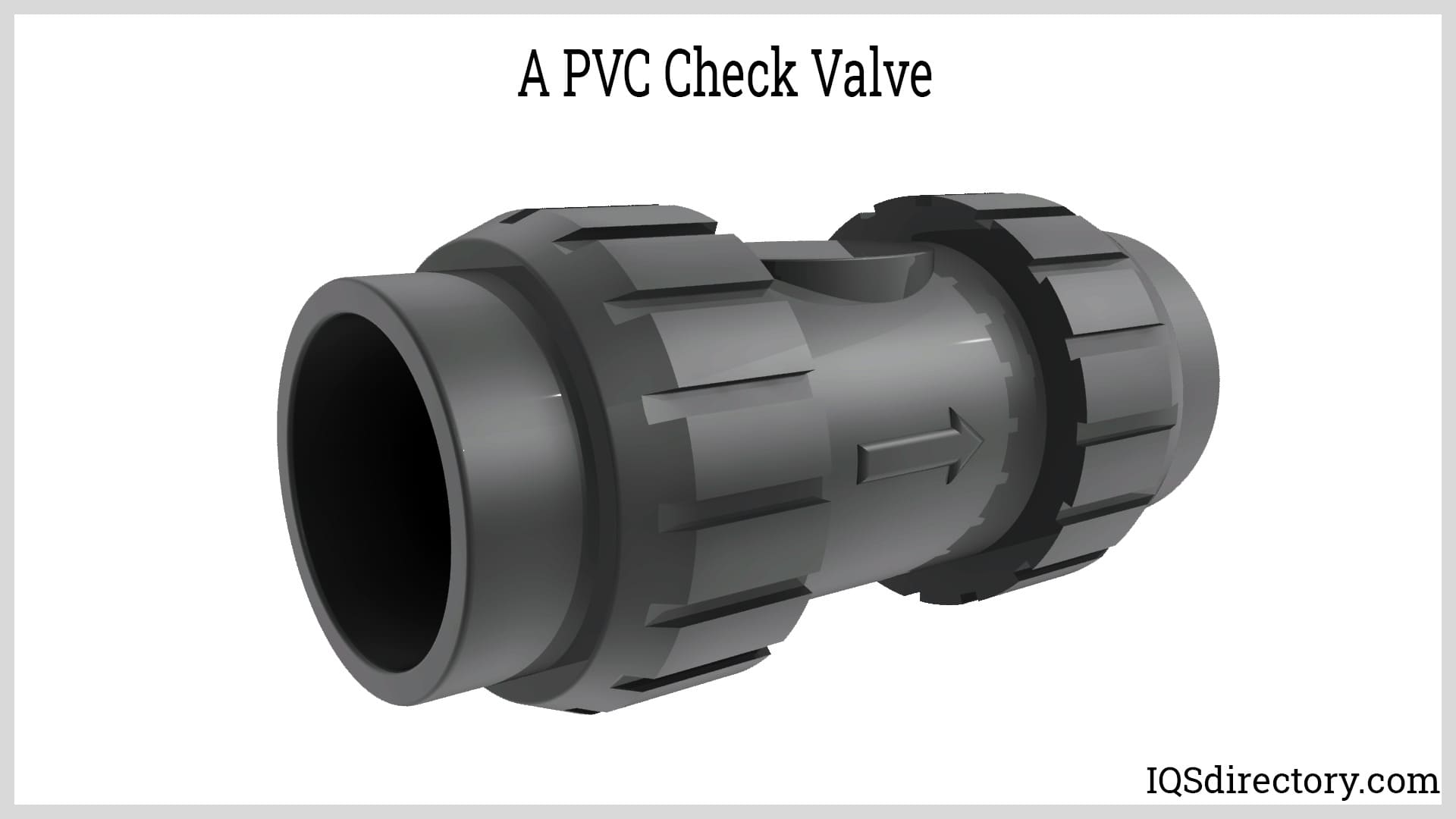
Selection Standards
When choosing a check valve for an application, several factors must be considered. Some of them include the following:
- The material's suitability for the medium
- Connection point size for lines
- The maximum pressure and required cracking pressure
- Horizontal or vertical for installation
- Envelope measurements
- Accessibility requirements for evaluations and maintenance
- Temperatures
Applications
Check valves are frequently employed in several applications for one of many reasons because of the way they work:
- To prevent downstream equipment from being damaged by backflow
- Avoiding pollution brought on by the reverse flow
- To stop siphoning
- Maintain a vacuum seal
The valves are used in practically every industry due to their primary function. They are applied to typical home appliances and Industries.
Choosing the Right Double Check Valve Supplier
To ensure the most beneficial outcome when purchasing double check valves from a double check valve company, it is crucial to compare several manufacturers using our directory of double check valve suppliers. Each double check valve company has a profile page highlighting their areas of experience and capabilities, along with a contact form to directly communicate with that manufacturer for more information or to request a quote. Review each double check valve business’s website using our patented website previewer to get an understanding of what each company specializes in, and then use our simple RFQ form to contact multiple companies with the same form.

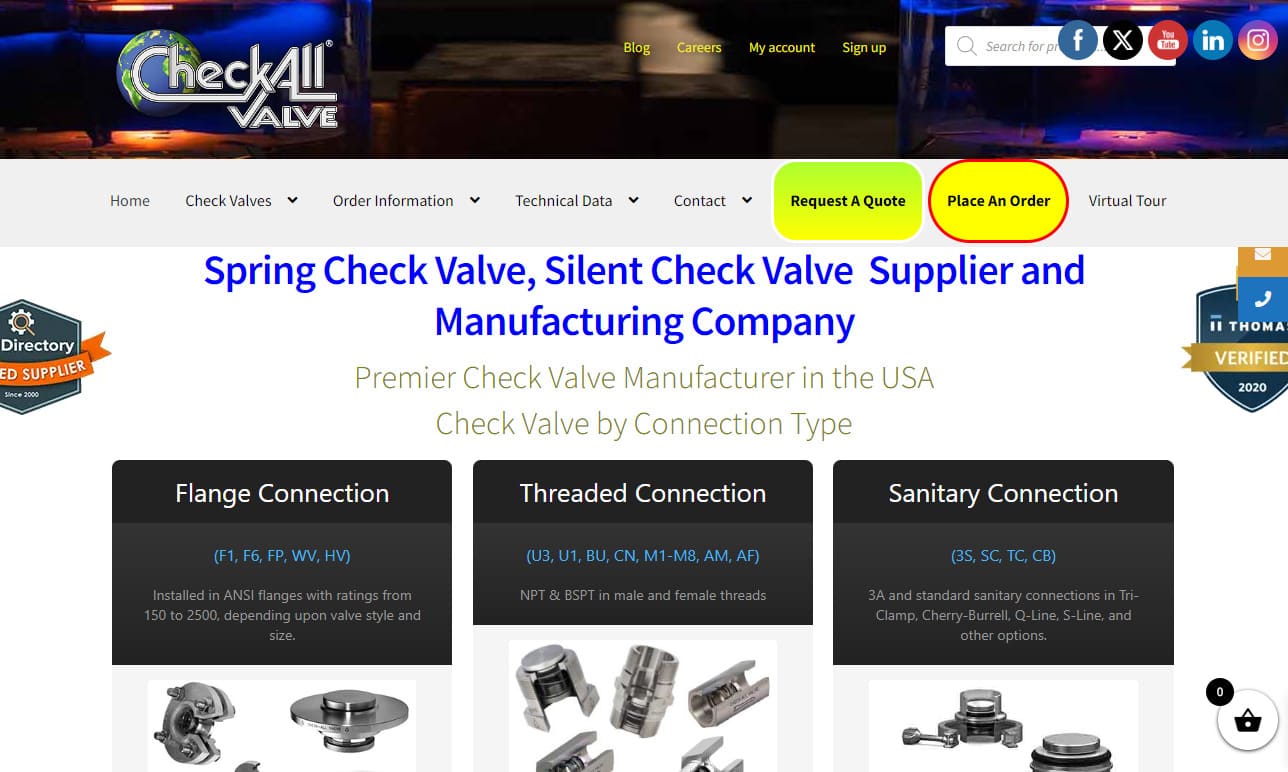
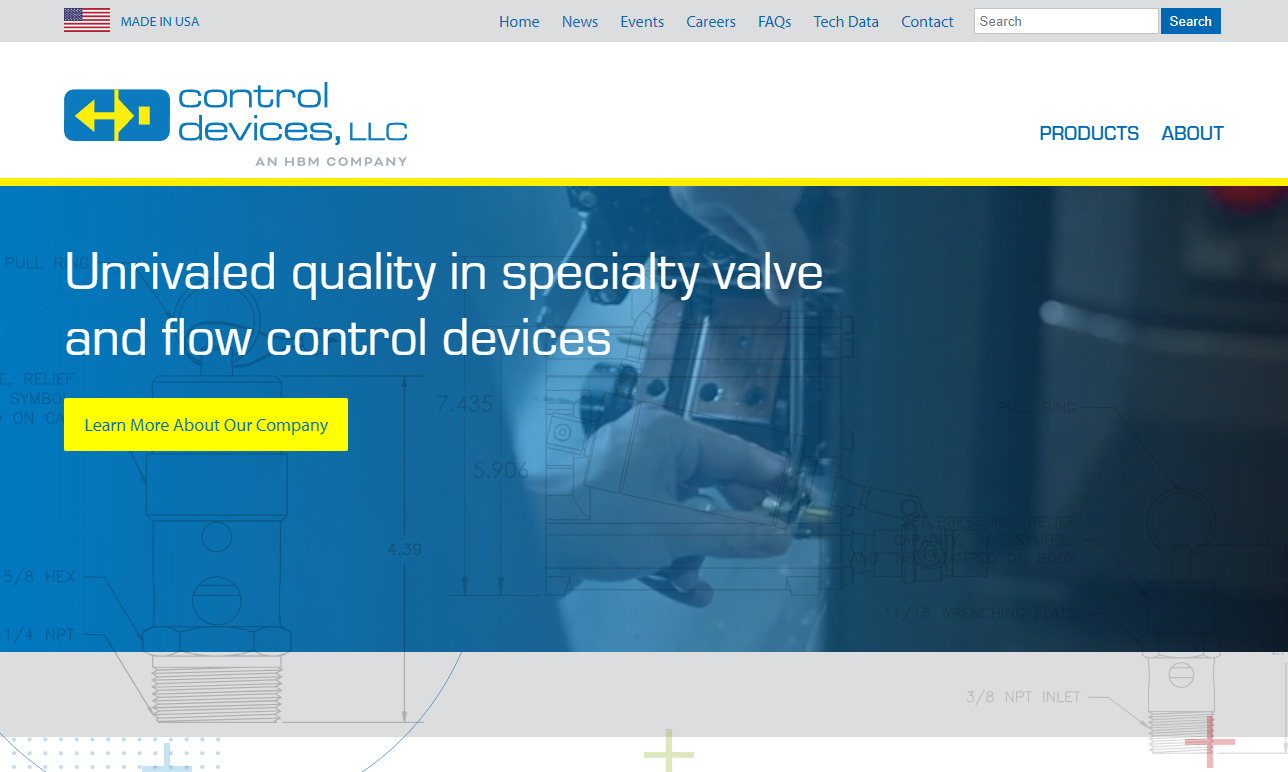
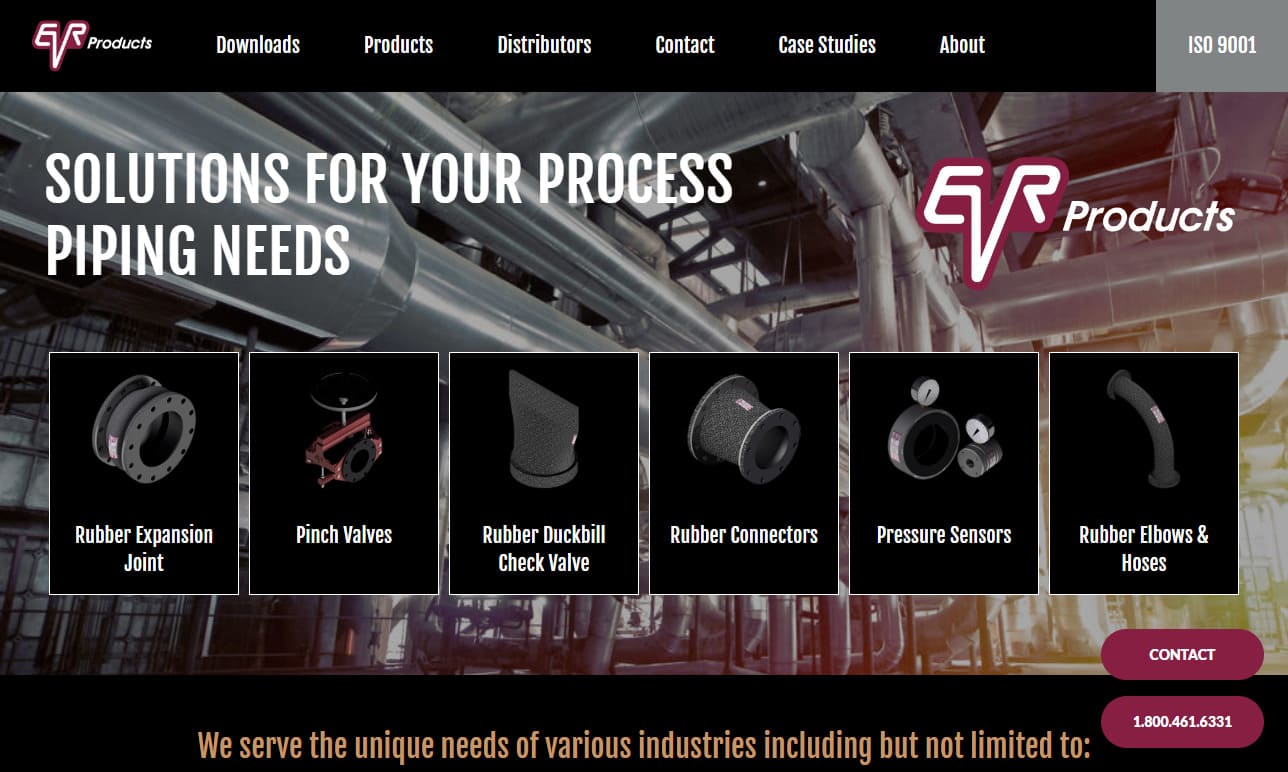
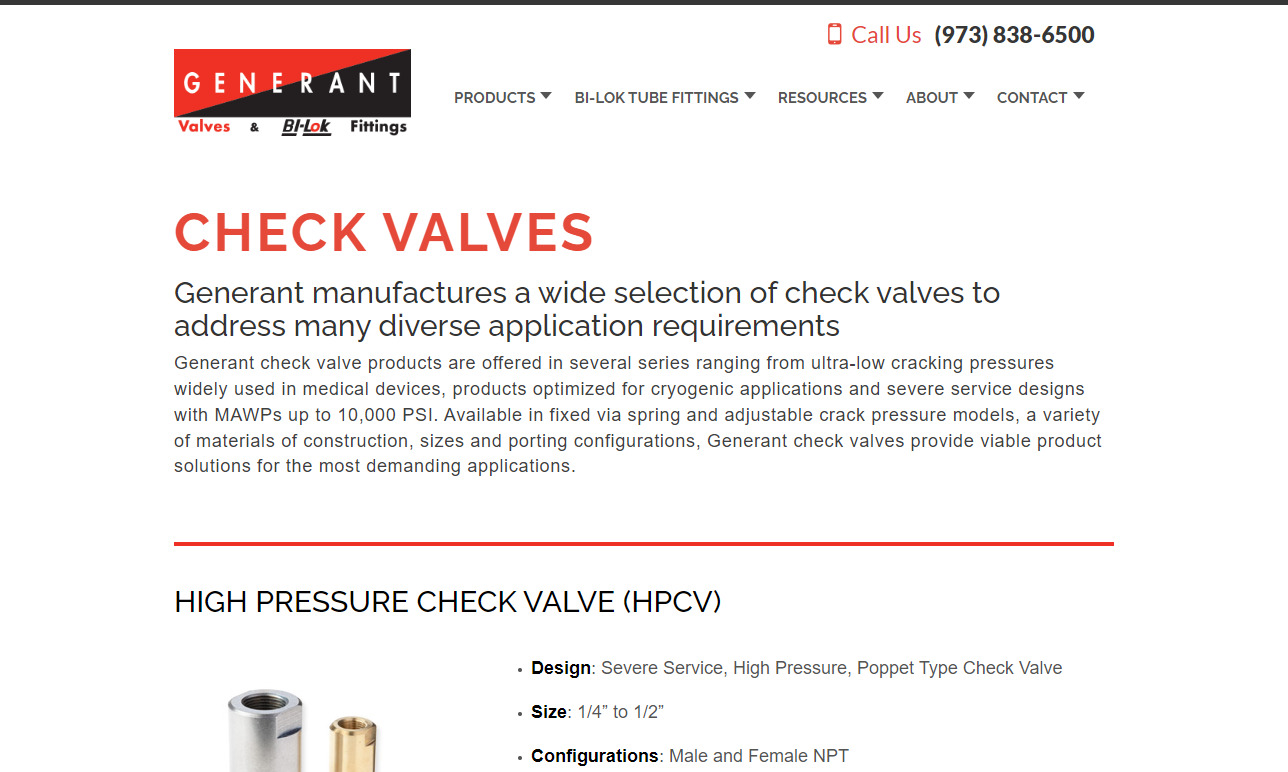
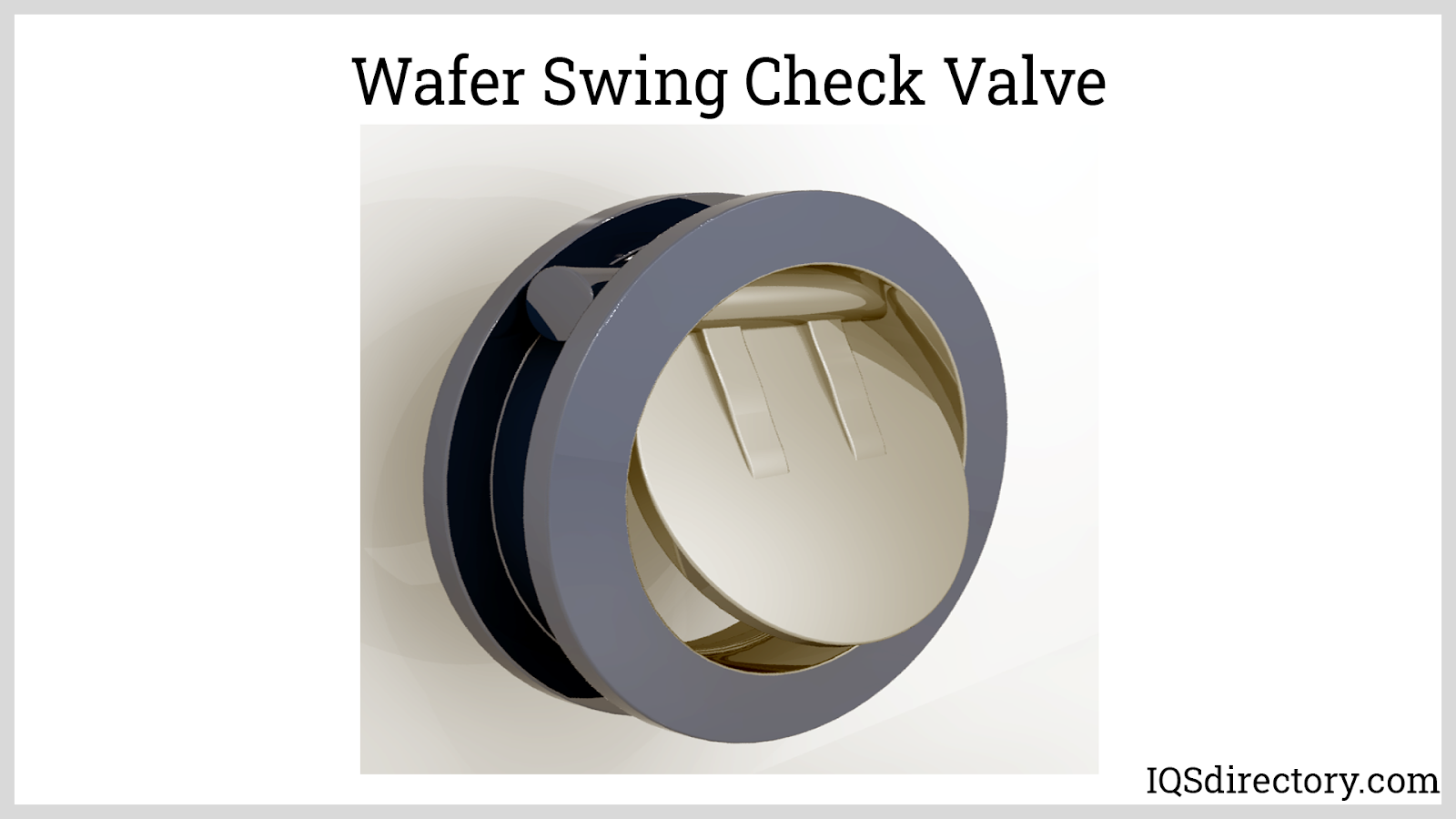
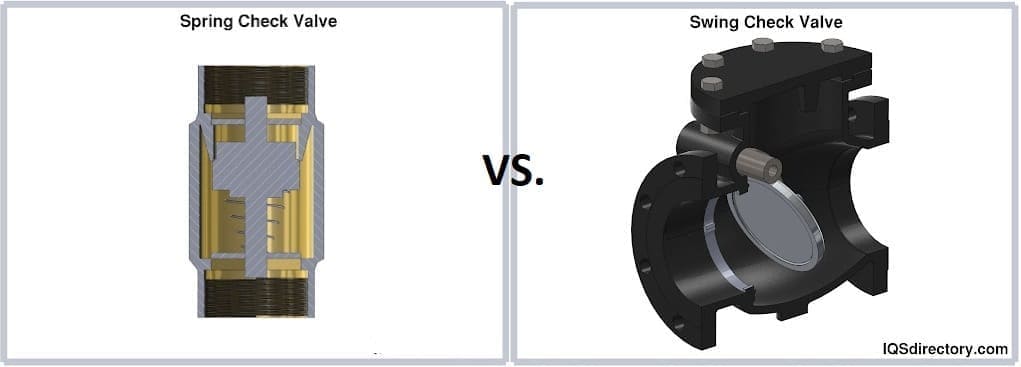
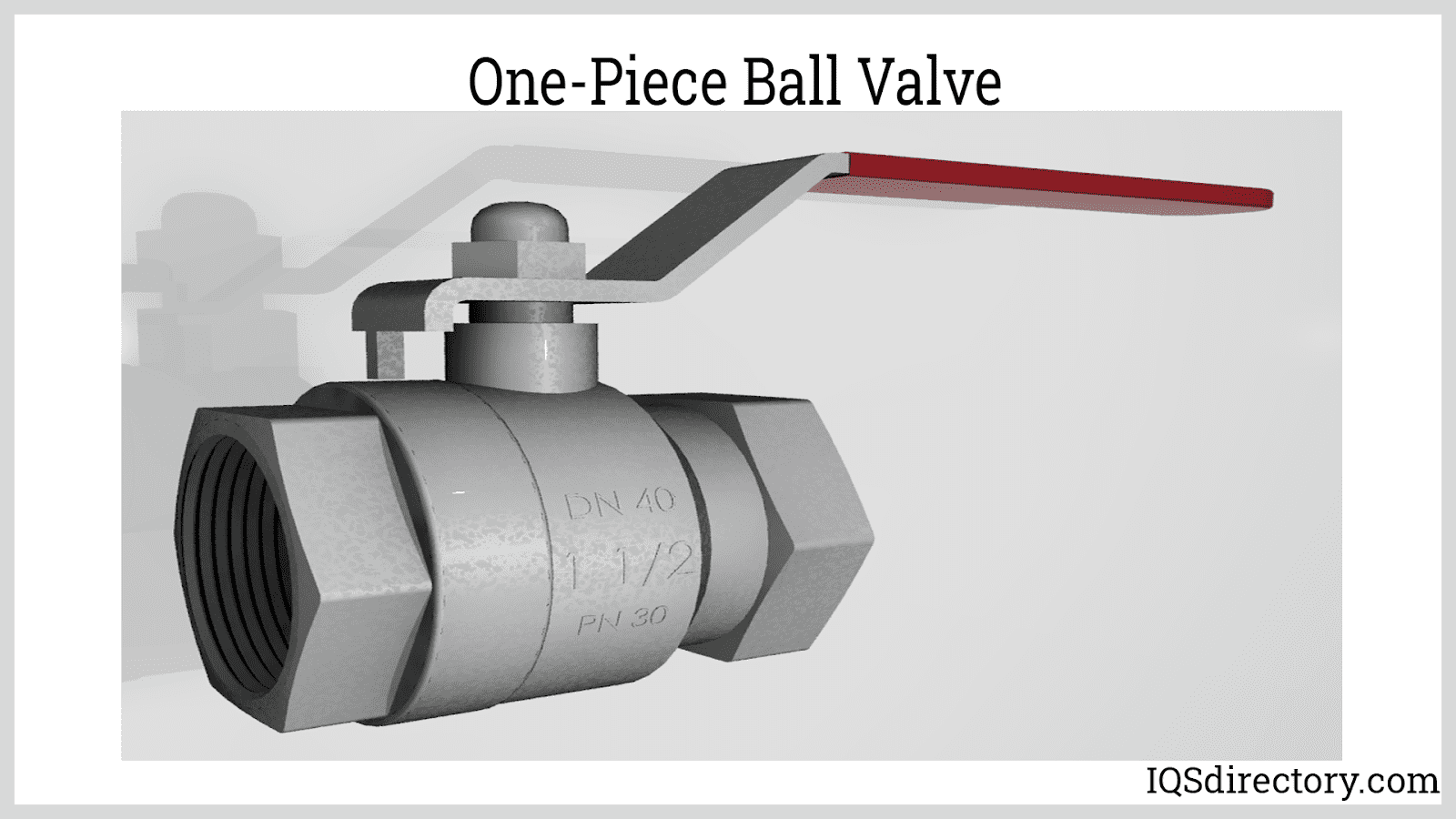
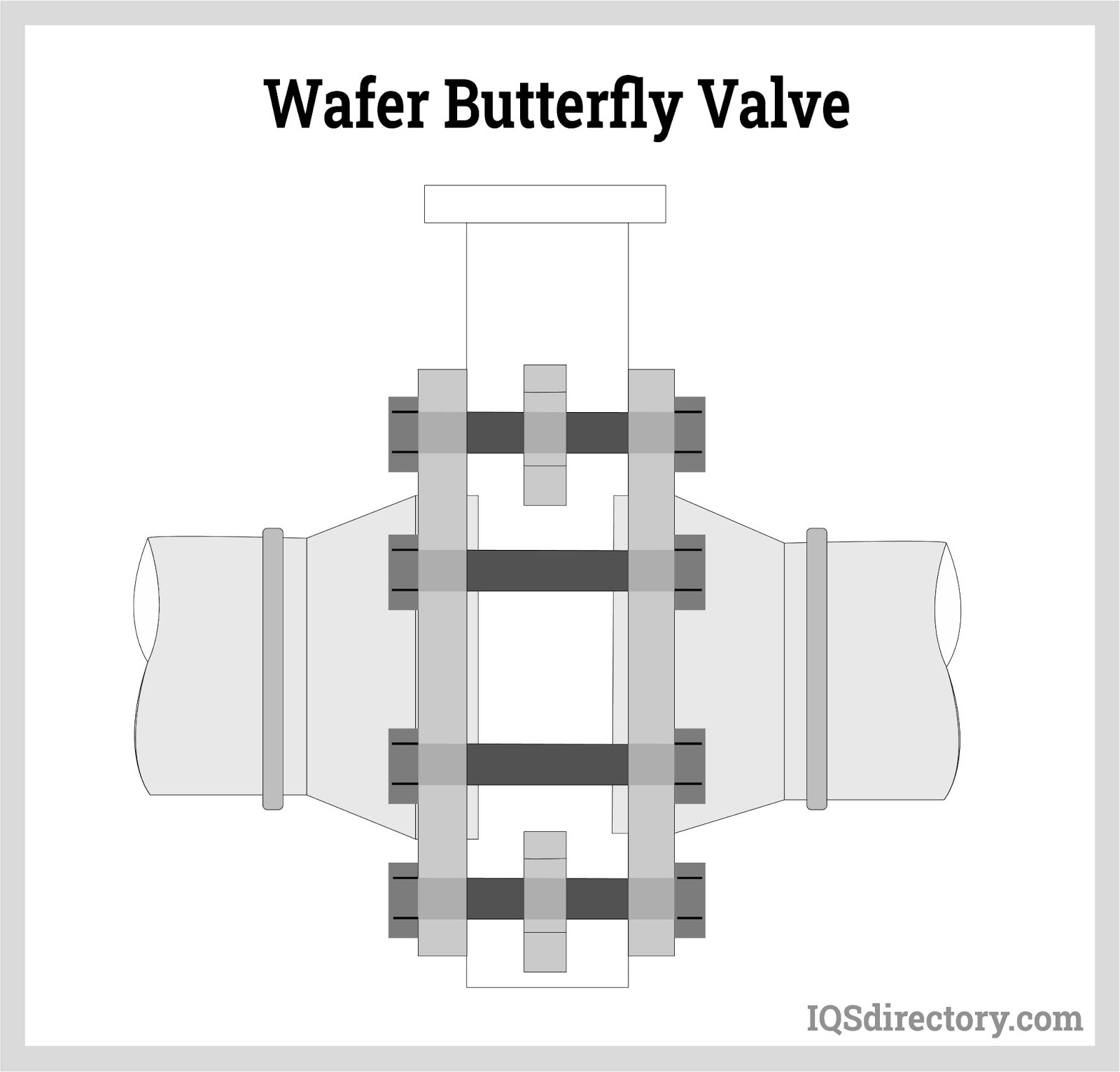
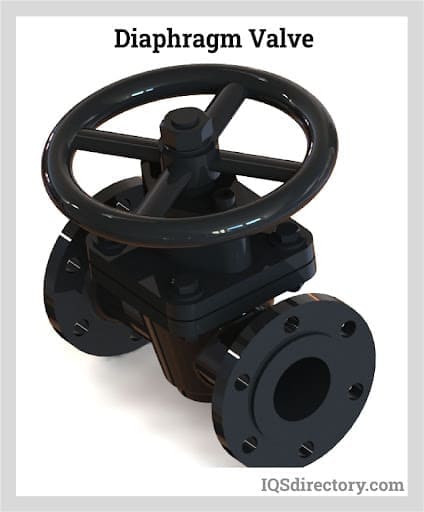
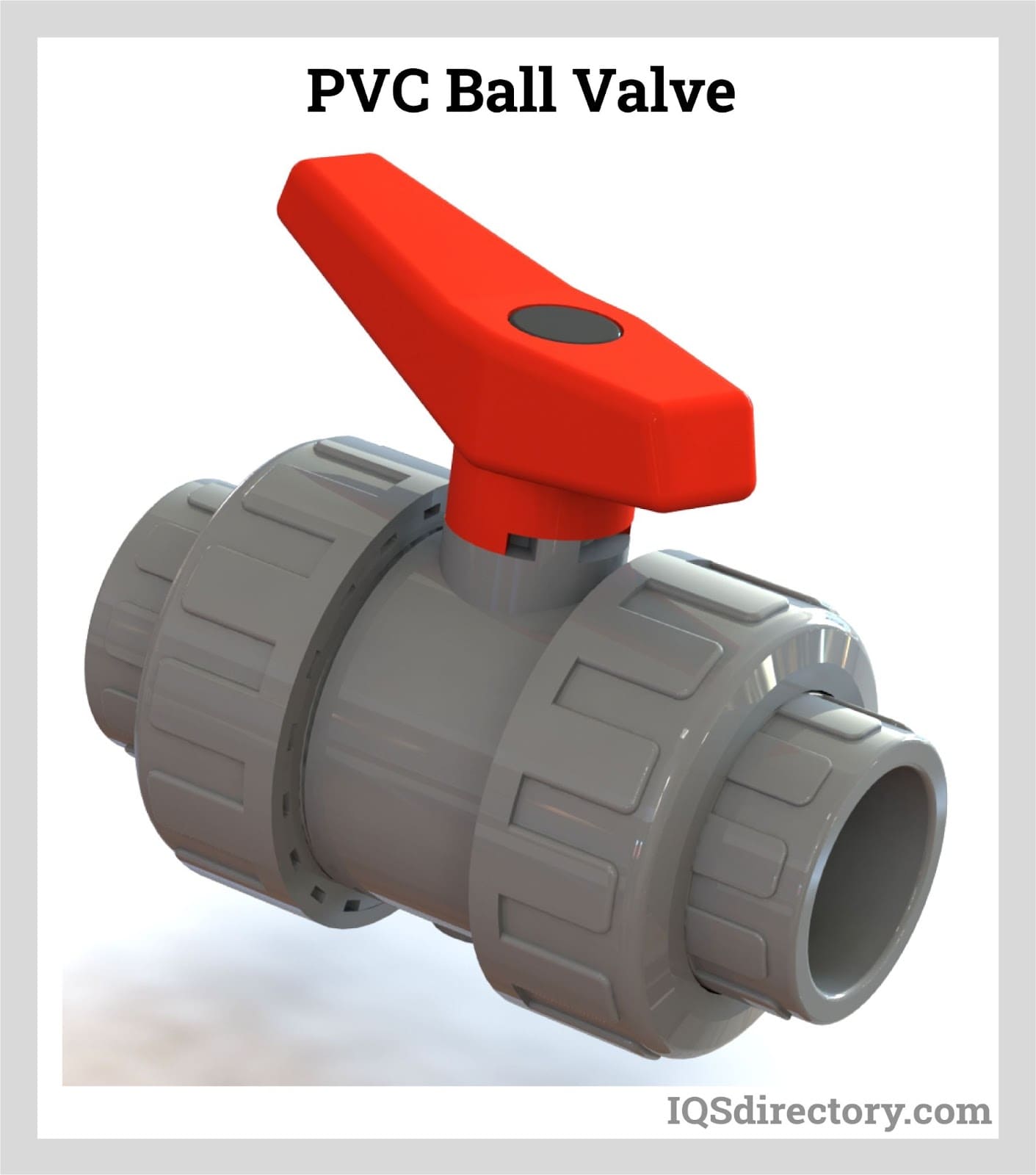
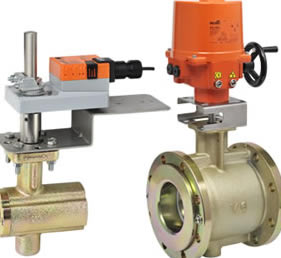 Ball Valves
Ball Valves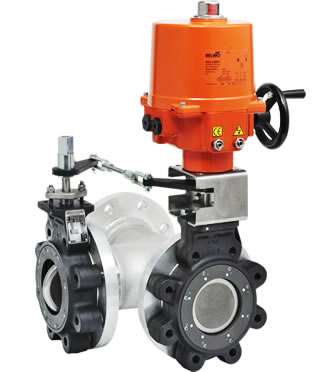 Butterfly Valves
Butterfly Valves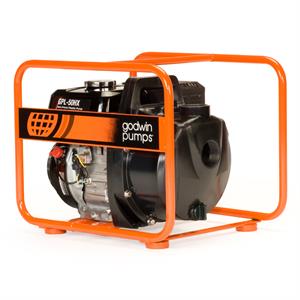 Centrifugal Pumps
Centrifugal Pumps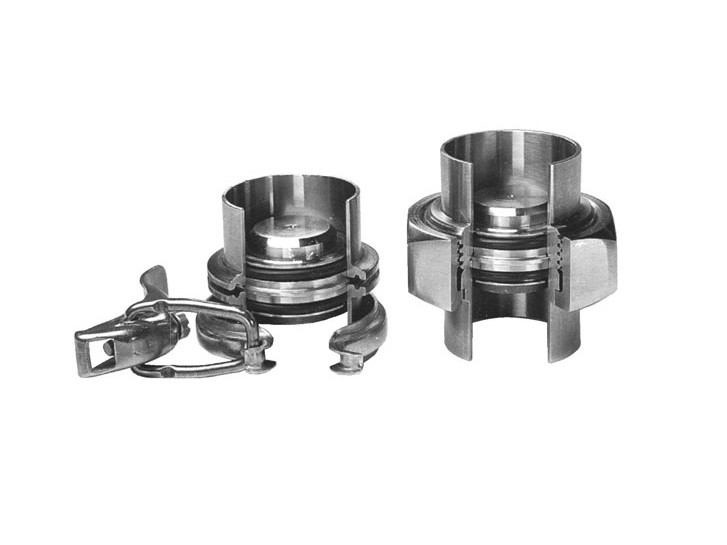 Check Valves
Check Valves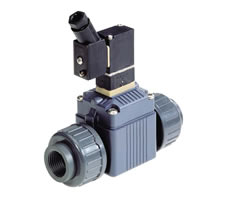 Diaphragm Valves
Diaphragm Valves Flow Meters
Flow Meters Hydraulic Pumps
Hydraulic Pumps Hydraulic Valves
Hydraulic Valves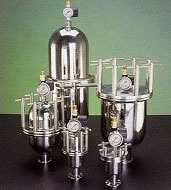 Metering Pumps
Metering Pumps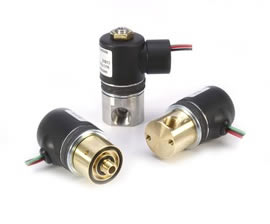 Solenoid Valves
Solenoid Valves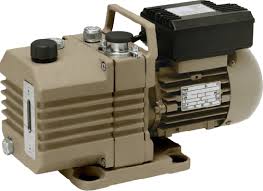 Vacuum Pumps
Vacuum Pumps Castings & Forgings
Castings & Forgings Bulk Material Handling
Bulk Material Handling Electrical & Electronic Components
Electrical & Electronic Components Flow Instrumentation
Flow Instrumentation Hardware
Hardware Material Handling Equipment
Material Handling Equipment Metal Cutting Services
Metal Cutting Services Metal Forming Services
Metal Forming Services Metal Suppliers
Metal Suppliers Motion Control Products
Motion Control Products Plant & Facility Equipment
Plant & Facility Equipment Plant & Facility Supplies
Plant & Facility Supplies Plastic Molding Processes
Plastic Molding Processes Pumps & Valves
Pumps & Valves Recycling Equipment
Recycling Equipment Rubber Products & Services
Rubber Products & Services